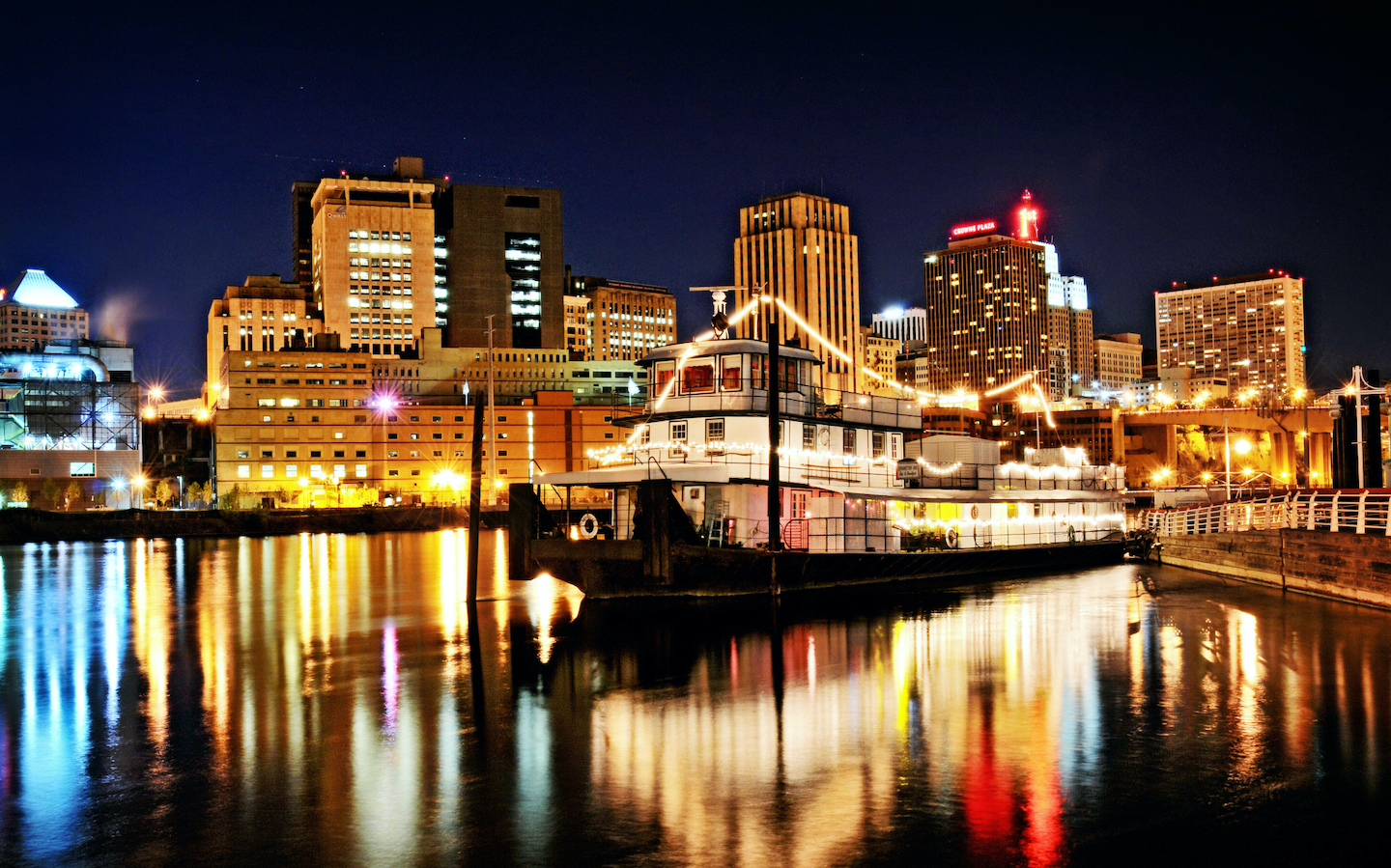Contact SPRWS
Customer service can help with billing, a change of address, water service restoration, or direct you to the correct department.
Phone
651-266-6350
7:30 am - 4:30 pm, Monday - Friday
In person
1900 Rice St.
Saint Paul, MN 55113-6810
8:00 am - 4:30 pm, Monday - Friday
During business hours
Services include billing, change of address, water service restoration.
24-hour service via automated phone system
Services include account information and credit card payments on account (the system accepts Visa, MasterCard, American Express, and Discover).
Monitored during regular business hours Monday - Friday, except holidays
Other Departments
Dispatch Office / Emergencies - 651-266-6874
24 Hours
Services include water main, hydrant, and street repair; after-hour water service restoration.
Meter Operations - 651-266-6850
7:30 am - 4:00 pm, Monday - Friday
Services include meter reading and repair.
Engineering - 651-266-6270
7:30 am - 4:00 pm, Monday - Friday
Services include permits, water service installations, lead replacement.
Plumbing Inspection - 651-266-6270
7:30 am - 4:00 pm, Monday - Friday
Water Quality/Lab - 651-266-1635
7:30 am - 4:30 pm, Monday - Thursday
7:30 am - 3:30 pm, Friday
